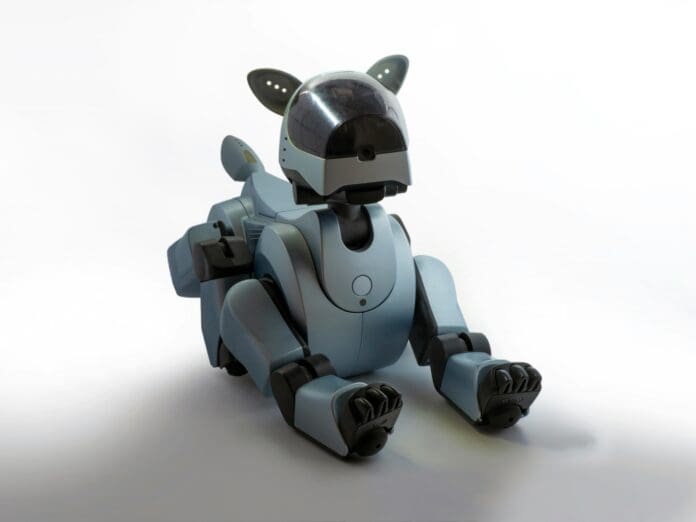This post is also available in:
 עברית (Hebrew)
עברית (Hebrew)
Researchers at UC San Diego have introduced an innovative framework designed to enhance the capabilities of quadruped robots, making them more adept at handling tasks that require both mobility and object manipulation. The new system, called WildLMa, aims to improve the generalization of robot skills learned through imitation, particularly in dynamic, real-world environments. The framework was outlined in a paper on arXiv.
Quadruped robots that combine mobility with object manipulation have the potential to perform tasks such as collecting or retrieving items, or depositing objects at specific locations. While robotic systems have achieved promising results in controlled simulations, their real-world performance often falls short due to the challenges of generalizing across diverse environments and tasks. WildLMa addresses these limitations by refining the learning process, allowing robots to adapt better to real-world challenges.
According to TechXplore, at the core of WildLMa is a combination of imitation learning, Vision-Language Models (VLMs), and Large Language Models (LLMs). These components work together to enable robots to perform multi-step tasks with greater flexibility and efficiency. Imitation learning, which involves training robots by observing human demonstrations, has been pivotal in robotic development. However, traditional systems tend to focus on narrow tasks and struggle when faced with unfamiliar situations.
To overcome this, WildLMa uses a VR-based teleoperation system to collect expert demonstration data. Human agents control the robot with just one hand, while pre-trained algorithms ensure that the robot learns the necessary movements and manipulations. These skills are then enhanced using LLMs, which break down complex tasks into manageable steps, similar to how a human would approach them.
A standout feature of WildLMa is its integration of attention mechanisms. These allow the robot to focus on a specific target object while performing its tasks, improving both task execution and adaptability.
The team has demonstrated WildLMa’s capabilities in real-world tests. At UC San Diego, a quadruped robot was successfully trained to complete tasks such as cleaning hallways, picking up food deliveries, and rearranging books. While the system has shown promise, there are still challenges to address, such as the robot’s performance in environments with unexpected disturbances, like moving people.
Moving forward, the team aims to refine the system to make it work better in dynamic environments, according to TechXplore. With its potential to revolutionize robotics, WildLMa could be a significant step toward making intelligent, autonomous robots.


























